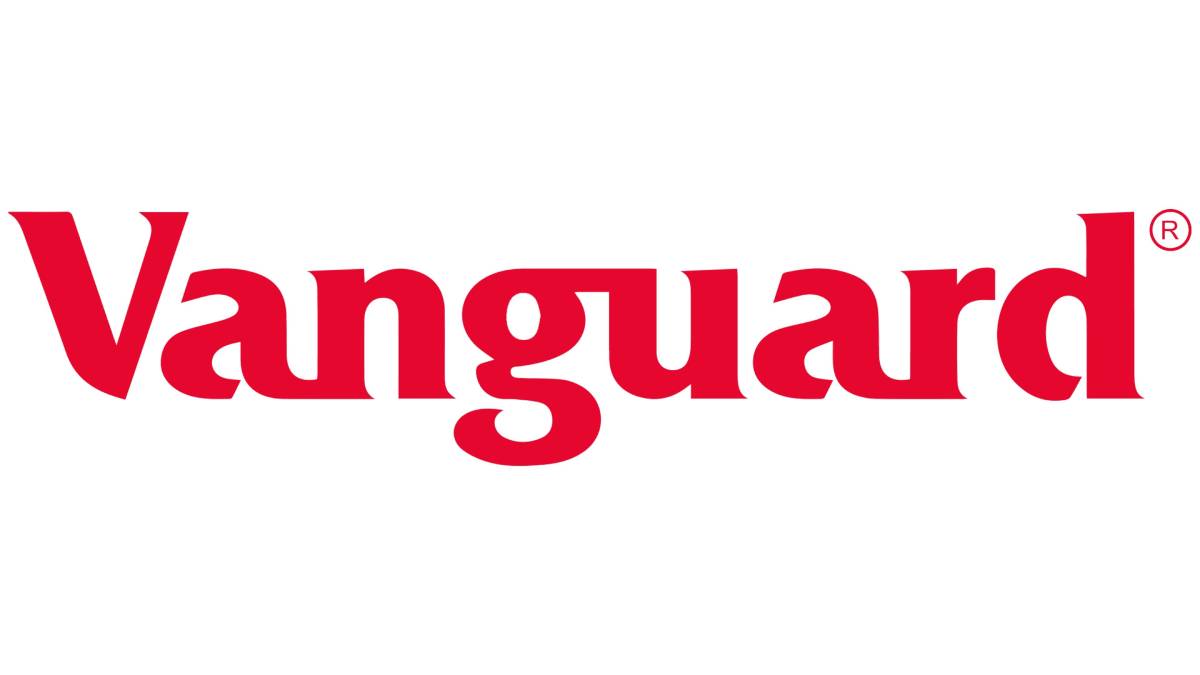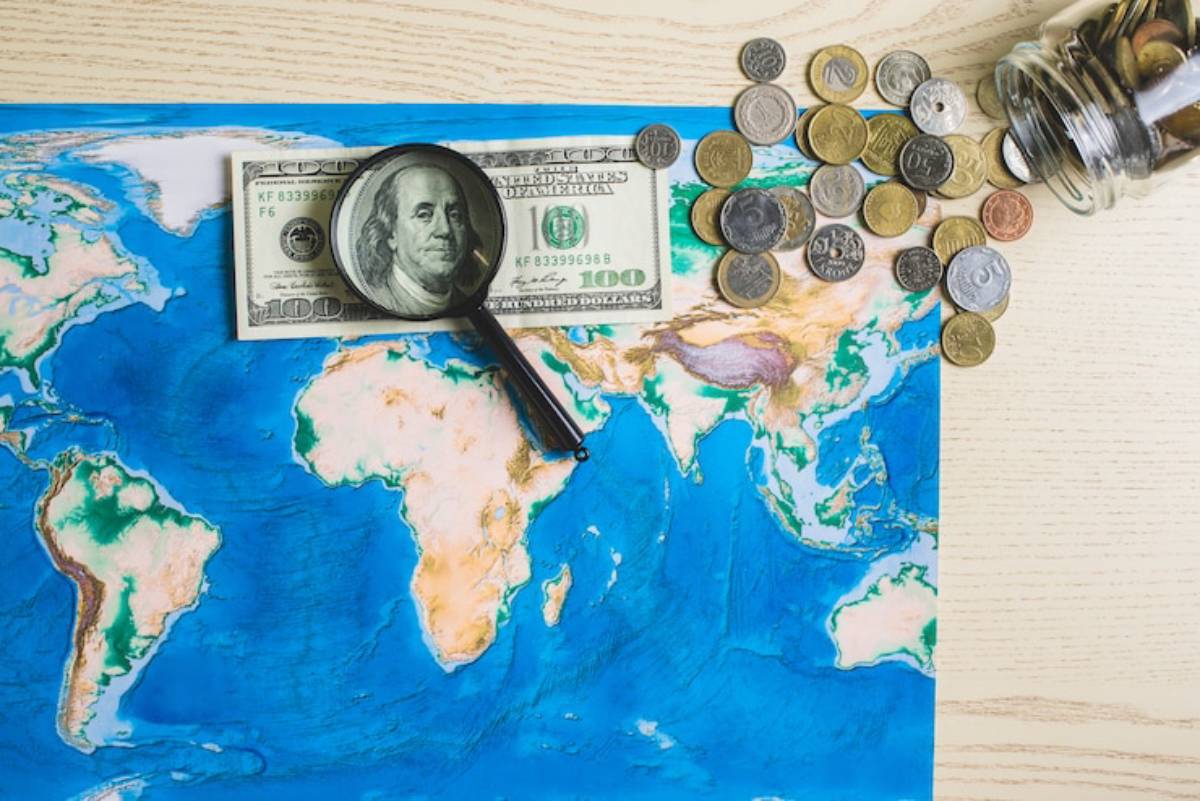
Global ETFs: Diversifying Your Portfolio
Imagine building a house but only using bricks from your own garden. Sure, it might work for a while, but you’d miss out on sturdier, more vibrant materials from elsewhere.
Investing works the same way.
Focusing only on your home market limits your growth potential and exposes you to more risk than you might realise. With global ETFs (Exchange-Traded Funds), you can achieve true international diversification, tapping into industries, innovations, and economies from all corners of the world.
This guide will walk you through the power of global ETFs, their benefits, their risks, and how to use them smartly to create a portfolio that’s prepared for whatever the future holds.
What Are Global ETFs?
A Simple Definition
A global ETF is an investment fund that tracks a basket of securities from multiple countries around the world — often spanning both developed and emerging markets.
- Bought and sold on stock exchanges like individual shares.
- Offer instant exposure to hundreds or thousands of companies globally.
- Managed passively, usually at low cost.
Analogy: Imagine ordering a “world sampler” platter at a restaurant. One dish gives you a taste of everything — without needing to travel from table to table.
Why Global Diversification Matters
1. Reduces Country-Specific Risk
Economic downturns, political instability, or sector crashes can hit home markets hard. But other regions might thrive during those same periods.
Example:
- The UK struggled after the Brexit vote.
- Meanwhile, US and Asian markets continued to soar.
Diversifying globally smooths out these bumps.
2. Access to Global Growth Engines
Emerging markets, like India, Brazil, and Vietnam, are growing faster than traditional Western economies.
Fact: By 2030, Asia is projected to account for 60% of global GDP, according to the World Economic Forum.
By investing globally, you participate in these growth stories.
3. Broader Industry Exposure
Some sectors flourish better abroad:
- Technology leadership? US and South Korea.
- Luxury brands? France and Italy.
- Renewable energy innovation? Denmark and Germany.
Global ETFs give you slices of these opportunities.
Key Types of Global ETFs
1. Broad Market Global ETFs
Track developed and emerging markets worldwide.
Example:

- Vanguard FTSE All-World UCITS ETF.
Perfect for: Investors wanting full global exposure with one fund.
2. Developed Markets Global ETFs
Focus only on stable, developed economies like the US, Japan, UK, and Australia.
Example:
- iShares MSCI World ETF.
Good for: Those wanting global reach but preferring less volatility.
3. Emerging Markets Global ETFs
Invest in fast-growing but riskier economies.
Example:
- iShares MSCI Emerging Markets ETF.
Best for: Investors with a longer time horizon and higher risk tolerance.
4. Regional or Thematic Global ETFs
Target specific themes (like clean energy) or regions (like Asia-Pacific).
Example:
- iShares Global Clean Energy ETF.
Use with caution: Ideal for adding smaller, strategic “tilts” to your portfolio.
How to Build a Diversified Portfolio Using Global ETFs
Step 1: Set Your Core Allocation
Start with a broad global ETF as your foundation.
Example Core:
- 80% Vanguard FTSE All-World UCITS ETF.
This gives instant exposure to thousands of companies across developed and emerging markets.
Step 2: Add Strategic Tilts (Optional)
Depending on your goals, you might add:
- 10% Emerging Markets ETF (for higher growth).
- 5% Global Technology ETF (to tap into tech innovation).
- 5% Sustainable Energy ETF (to align with personal values).
Step 3: Adjust Based on Your Risk Profile
Conservative investor? Stick mostly with developed market global ETFs.
Aggressive growth-seeker? Increase emerging market or thematic ETF exposure — carefully.
Pros and Cons of Global ETFs
Pros Cons Instant diversification Currency fluctuations Low costs compared to active funds Political instability in emerging markets Simple, one-fund solutions available Not all regions grow equally Easy to buy and sell Home bias can still sneak in if you’re not careful
Real-World Examples
Emily: The First-Time Global Investor
- Age: 29
- Strategy:
- 90% Vanguard FTSE All-World ETF
- 10% cash savings for emergencies
Outcome: Simple, low-stress global exposure — great for beginners.
Alex: The Experienced Global Optimiser
- Age: 40
- Strategy:
- 70% iShares MSCI World ETF
- 20% iShares MSCI Emerging Markets ETF
- 10% thematic funds (Global Healthcare, Technology)
Outcome: More refined global exposure tailored to his growth outlook.
Practical Tips for Investing in Global ETFs
1. Check the Index Composition
Not all “global” ETFs are created equal. Some may have:
- Heavy US stock concentration.
- Limited emerging market exposure.
Tip: Read the fund factsheet before buying.
2. Understand Currency Risks

If the pound strengthens, your foreign investments (in dollars, euros, etc.) might fall in value when converted back.
Options:
- Accept currency risk as part of diversification.
- Choose hedged ETFs (but watch for slightly higher fees).
3. Watch for Overlap
If you own multiple global ETFs, check for overlapping holdings (like owning Apple shares multiple times).
Solution: Use portfolio analysis tools offered by many investment platforms.
4. Reinvest Dividends
Choose accumulation (reinvesting) share classes where possible to harness the power of compounding automatically.
Common Mistakes to Avoid
- Home Bias: Even after buying a global ETF, some investors still over-allocate to their local market.
- Overcomplicating the Portfolio: You don’t need 10 different global ETFs. One or two good ones can cover most needs.
- Ignoring Fees: Look for TERs (Total Expense Ratios) under 0.3% where possible.
- Chasing Hot Sectors: Stick to your plan. Jumping into trendy sectors can backfire.
By choosing the right global ETFs and building a thoughtful, disciplined strategy, you can:
- Boost long-term returns.
- Lower overall portfolio risk.
- Benefit from innovation and growth wherever it happens.
Ready to expand your investment world? Take the first step today: review your portfolio, explore leading global ETFs, and start building a future that’s as broad, strong, and resilient as the world itself.
Global ETFs: Expand Your Portfolio

You don’t need to be an expert in every country or stock market to invest internationally. Global ETFS make it easy, offering affordable, diversified, and simple ways to spread your investments across the world.
Did you find this guide helpful? Leave a comment, share it with your investing friends, or subscribe for more clear, practical insights on building wealth the smart way!